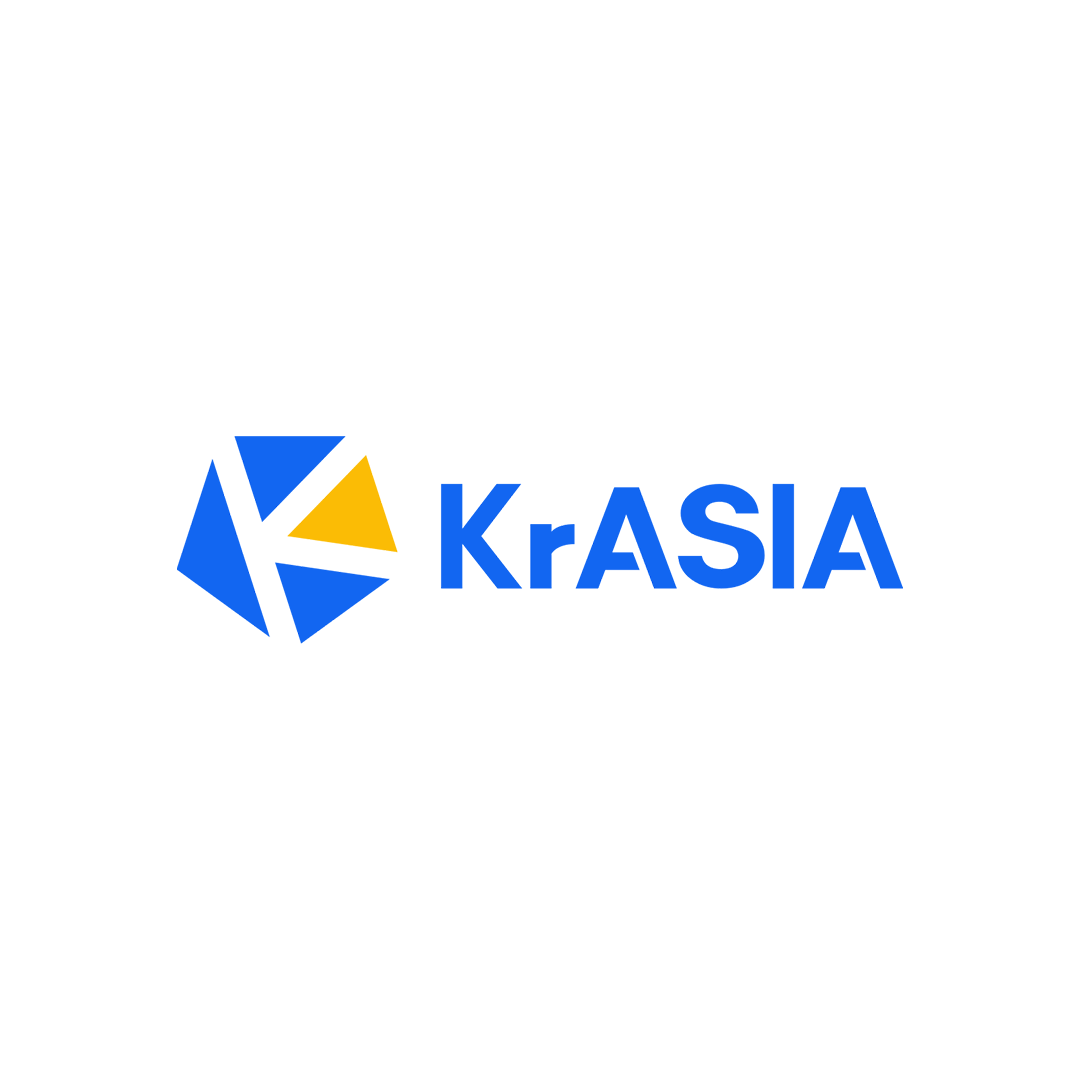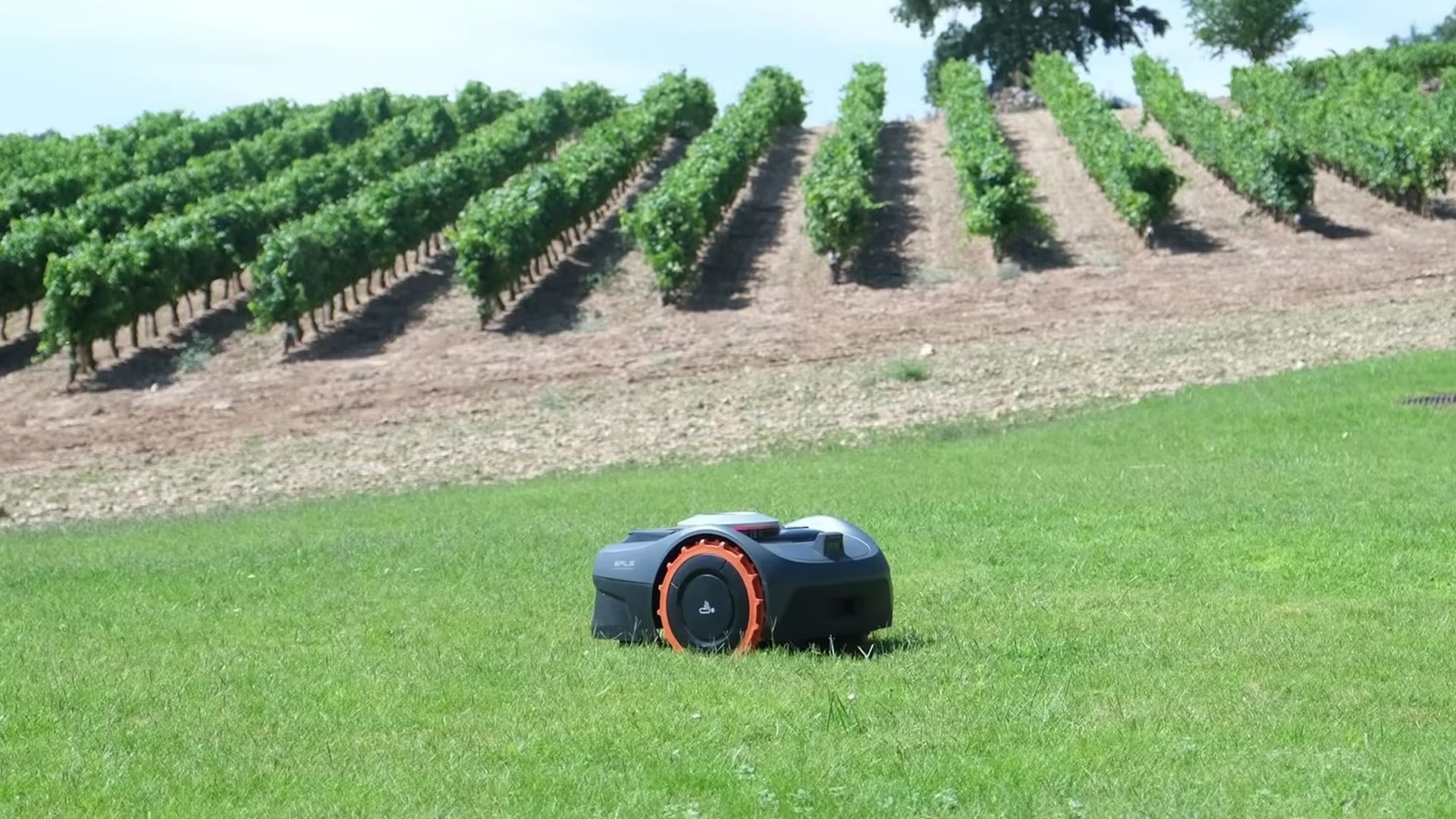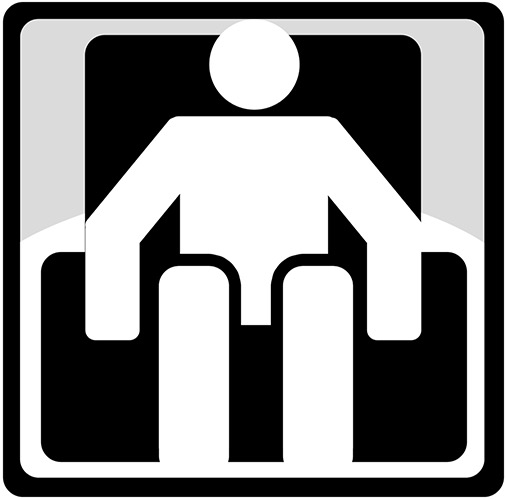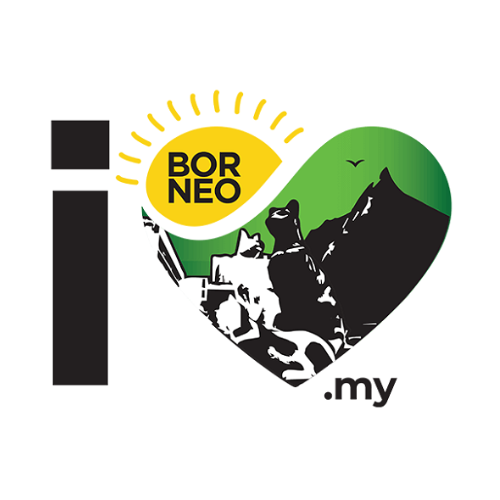Ninebot taps into soaring global demand for lawn mowing robots
1 day ago
Lawn mowing is often regarded as a tedious chore, but in Western cultures, a pristine lawn often reflects a household’s status. With the rise of automation and the demand for convenience, lawn mowing robots are stepping up as the modern alternative to traditional tools, gradually becoming household staples.
Sales of lawn mowing robots are highly seasonal. Over the past six months, as lawns entered their growing season, sales of these robots have shown consistent growth. This trend has brought promising returns for many domestic pioneers and provided a boost to the market.
According to Ninebot’s Q3 financial results, the company’s total revenue for the third quarter was RMB 4.239 billion (USD 617 million), an increase of 34.75% year-on-year (YoY). Net profit reached RMB 374 million (USD 54 million), a YoY growth of 139.07%. Revenue from the lawn mowing robot segment alone was RMB 145 million (USD 21 million). For the first three quarters, the company’s cumulative revenue from lawn mowing robots totaled RMB 595 million (USD 87 million), up 379.28% YoY.
Despite this growth, the lawn mowing robot industry is still a nascent field with significant technological and product barriers. Practical applications remain fragmented and require tailored solutions. For instance, designs suitable for European gardens may not work for North American lawns. These challenges have historically led investors to be skeptical of this sector, despite its perceived technological advantages and development potential.
However, this year has seen a shift. Since early 2023, overseas sales of lawn mowing robots from brands like Ninebot, Ecovacs Robotics, and Agilex Robotics have risen sharply, with individual orders exceeding tens of thousands of units.
According to insights from MarketResearch.com and other research firms, the global market for lawn mowing robots will reach USD 1.5 billion by 2024 and potentially grow to USD 3.9 billion by 2029. In parallel, Chinese manufacturers are accelerating their entry into overseas channels.
Ninebot forecasted that its Navimow lawn mowing robot could achieve annual sales of over 100,000 units. During the first quarter of 2024, it sold 33,100 Navimow units, generating RMB 180 million (USD 26 million) in revenue. The second-quarter revenue climbed to RMB 270 million (USD 39 million) with an estimated 40,000 units sold. Adding the third-quarter revenue of RMB 145 million (USD 21 million) and forecasts for the fourth quarter, annual sales appear poised to exceed expectations.
Historically, lawn mowing robots have been divided into two categories: wire-guided and boundary-free. Wire-guided robots require preinstalled magnetic boundary wires, which the robot uses to navigate during operation. While this method is effective, it involves high deployment costs, complex setup, and limited efficiency, often confining robots to a fixed area. These limitations have increasingly given way to boundary-free smart lawn mowing robots over the past two years.
Boundary-free models offer significant advantages, such as eliminating the need for manual intervention. For instance, Ninebot’s Navimow i series, priced at under EUR 999, combines RTK and vision technology. Its proprietary positioning system, artificial intelligence-assisted mapping, and zoned mowing management enhance adaptability to various yard scenarios, improving efficiency and user experience. Following its launch, the product gained rapid traction in Europe, where penetration rates have increased noticeably.
Demand for lawn mowing robots aligns closely with seasonal patterns, typically peaking from April to October when lawns grow rapidly. During these months, the need for yard maintenance spikes, as evidenced by increased search volumes and inquiries on both online platforms and offline retail channels.
On platforms like Amazon, Ninebot and Agilex Robotics collectively held a 10–11% market share during Q1 2024. By May, their combined share surged to 51%, underscoring the importance of early production and inventory planning to capitalize on peak sales periods.
Unlike many hardware products that rely heavily on online platforms, most lawn mowing robot orders come from offline channels. This trend stems from the higher average selling price and the need for consumers to physically test products before purchase. Moreover, offline sales often come with shorter transaction cycles and stronger after-sales support.
This sales dynamic also highlights the importance of robust offline networks. European markets, for example, offer a more open yet highly competitive environment. The decentralized nature of these markets demands strong localization efforts and early partnerships with reliable distributors and service providers to secure an advantage.
China’s exports to Europe dominate the lawn mowing machine category, with Germany, the UK, and the UK being the top markets. The varying levels of interest in this category across regions further influence distributor engagement. In high-demand areas such as Northern and Central Europe, distributors are eager to collaborate. However, in regions where interest is lukewarm, distributors may need additional persuasion through targeted sales strategies.
To meet diverse needs, Ninebot has formed specialized teams to align production with demand. Efforts include synchronized production and sales teams, live chat mechanisms in apps for real-time customer interaction, and localized support teams in core markets.
Statista forecasts that Europe’s lawn mowing robot market will grow at a compound annual growth rate (CAGR) of 10.3% between 2022–2032, reaching USD 662 million by 2030. As smart technology gains traction and market penetration deepens, the lawn mowing robot sector may well be entering its golden age of rapid expansion.
KrASIA Connection features translated and adapted content that was originally published by 36Kr. This article was written by Huang Nan for 36Kr.
...Read the fullstory
It's better on the More. News app
✅ It’s fast
✅ It’s easy to use
✅ It’s free









